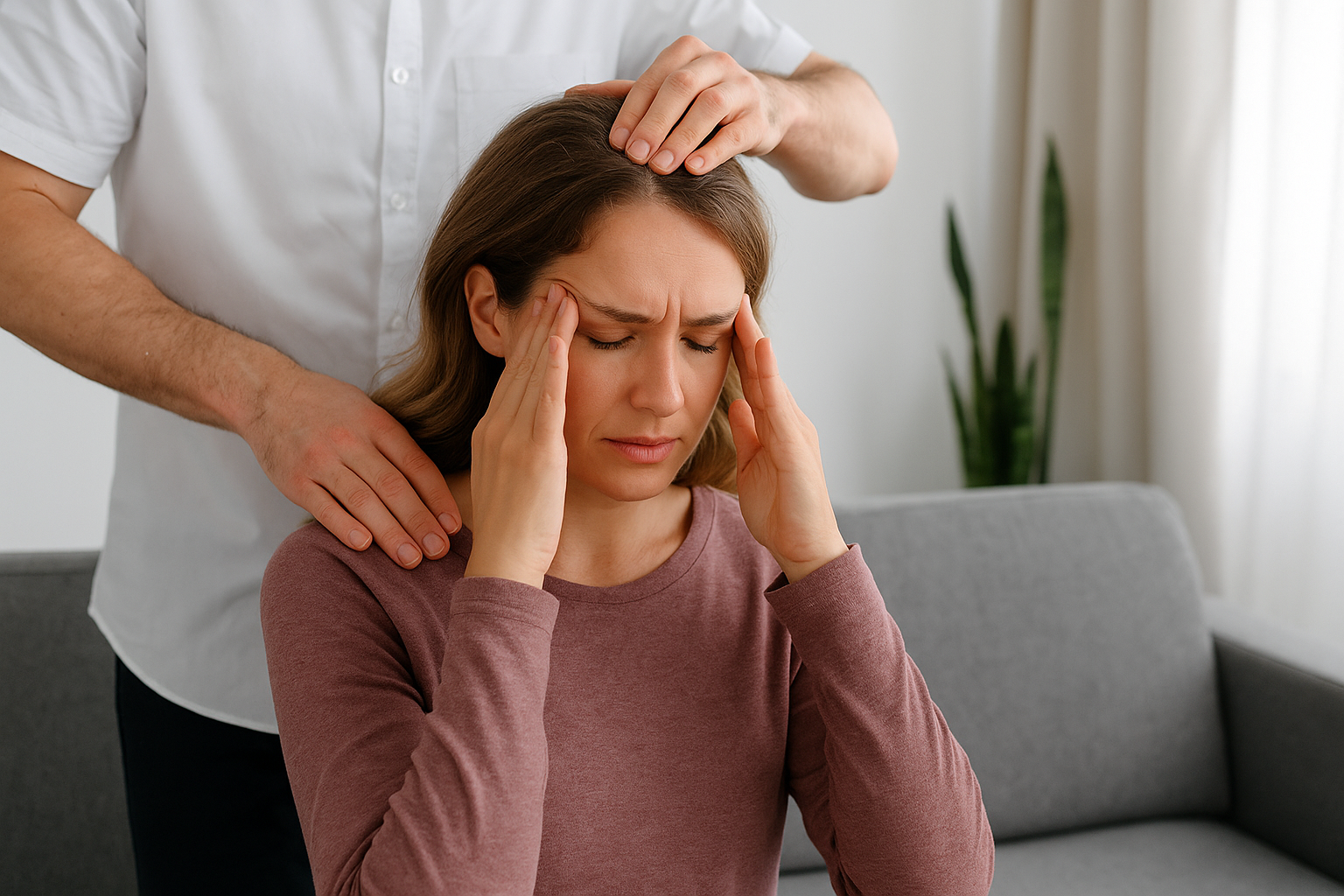Living Well With Chronic Pain: How Osteopathy for Migraines Fits Into a Holistic Health Routine

Migraines are more than just headaches. For many, they bring intense pain, visual disturbances, nausea, and an overwhelming disruption to daily life. While medications and conventional treatments are often used, more people are exploring gentle, whole-body approaches like osteopathy to help manage migraine symptoms. When combined with lifestyle practices, osteopathy for migraines may offer relief and support for those living with chronic pain.
Understanding Migraines Beyond the Headache
What Makes Migraines Different From Headaches
Migraines are classified as a neurological condition rather than a simple headache. Unlike tension headaches that cause dull, aching pain, migraines are characterised by throbbing sensations, often on one side of the head. They can last anywhere from a few hours to several days and may come with light sensitivity, blurred vision, or an “aura” of warning signals.
Triggers and Everyday Challenges
Living with migraines means identifying and managing triggers. Stress, poor posture, lack of sleep, and dietary factors are common culprits. Hormonal shifts can also make migraines more frequent in some people. The unpredictable nature of attacks creates difficulties in work, family life, and even social activities.
To better understand how stress influences health, you may find Buzzing About’s article on ways to ease everyday stress a helpful complement to migraine management strategies.
Where Osteopathy Fits Into Migraine Care
Osteopathy Explained in Simple Terms
Osteopathy is a form of manual therapy that views the body as an interconnected system. Practitioners focus on muscles, joints, and the nervous system to improve alignment and circulation. Through gentle hands-on techniques, osteopaths aim to reduce strain in areas that may contribute to migraine pain, such as the neck, back, and shoulders.
Targeting Musculoskeletal and Nervous System Links
Migraines are often tied to tension in the cervical spine and surrounding muscles. Osteopathic treatment may help release these restrictions, supporting better blood flow and nerve communication. While it is not presented as a cure, some patients report reduced migraine frequency and intensity after treatment.
Evidence and Patient Reports
Emerging research continues to explore the connection between manual therapy and migraine management. Early studies suggest that osteopathy may help by decreasing musculoskeletal tension and promoting relaxation. At the same time, patient experiences highlight improvements in comfort, mobility, and overall well-being.
For those seeking professional support for osteopathy for migraines, qualified practitioners may help create an individual care plan that aligns with both lifestyle needs and broader health goals.
Building a Holistic Health Routine for Migraine Relief
The Role of Nutrition and Hydration
Diet plays an important role in managing migraines. Common triggers include processed foods, alcohol, and caffeine. Keeping a food diary may help identify patterns. On the positive side, a diet rich in whole foods, omega-3 fatty acids, and adequate hydration supports overall health and may reduce episodes.
The Importance of Sleep and Daily Rhythm
Irregular sleep schedules are a well-known migraine trigger. Establishing a consistent routine with good sleep hygiene—such as limiting screen time before bed and keeping a calm environment—can make a noticeable difference. Buzzing About has a practical piece on sleep hygiene for better health that ties in well with migraine prevention.
Stress Management and Relaxation Practices
Stress is one of the most common triggers. Techniques such as meditation, yoga, and breathing exercises can help calm the nervous system. For many, these practices are even more effective when combined with supportive therapies like osteopathy, which aim to relieve physical tension contributing to stress.
Combining Osteopathy With Other Lifestyle Changes
Osteopathy as Part of a Broader Wellness Plan
Osteopathy for migraines works best when it is one element of a bigger picture. A holistic health routine may also include exercise, mindfulness, ergonomic changes at work, and ongoing communication with medical professionals.
Personalising Care: Listening to Your Body
Every migraine sufferer is different. What works for one person may not work for another. This is why professional support is valuable—osteopaths may adjust techniques to suit individual needs, while patients play an active role by tracking symptoms and noting improvements.
When to Seek Professional Guidance
Recognising When Migraines Need Extra Support
Occasional migraines may be manageable with rest and self-care, but persistent, severe, or increasingly frequent attacks should not be ignored. Seeking timely advice ensures that underlying health issues are not overlooked.
How Osteopaths Work Alongside GPs and Specialists
Osteopathy is most effective when integrated into a broader health plan. Practitioners may work alongside general practitioners, neurologists, and other healthcare providers to ensure a safe and balanced approach. This collaborative care model helps patients access a wider range of support.
Conclusion
Migraines may be life-altering, but they do not have to define a person’s quality of life. By combining lifestyle strategies with complementary therapies, individuals can build routines that support long-term health. Osteopathy for migraines offers a gentle, whole-body approach that may help reduce discomfort and promote well-being. When integrated thoughtfully into daily life, it becomes one of many tools for living well despite chronic pain.





